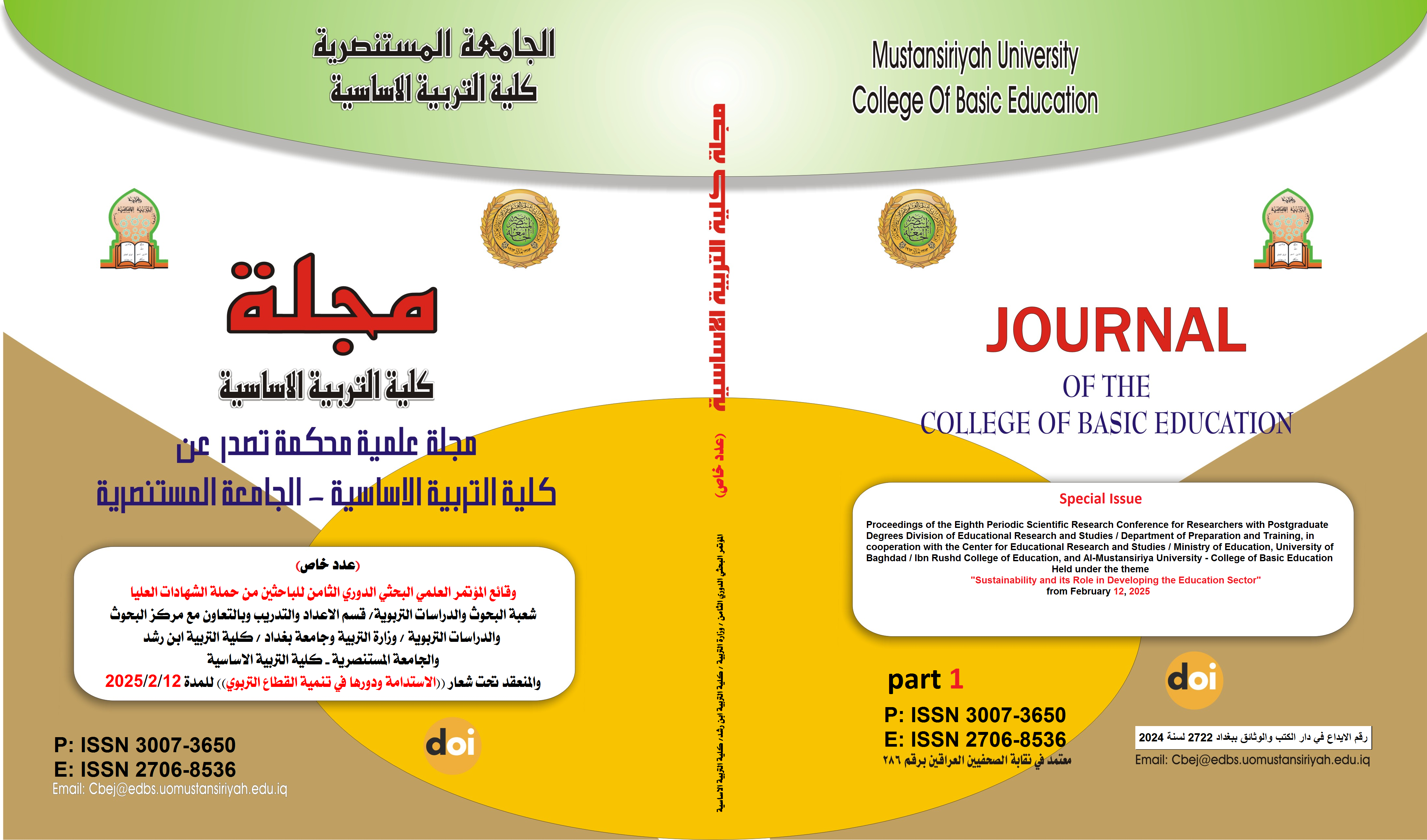قوانينُ الخطابِ
Main Article Content
Abstract
Prophetic parables serve as compelling evidence for numerous fundamental concepts, as Prophetic discourse is directed toward all people, engaging minds that adhere to logic while exhibiting diverse patterns of thought. Consequently, their modes of comprehending arguments vary, for the speaker does not merely address human intellect but also penetrates emotions. This engagement broadens perception, fosters profound cognition, and cultivates an elevated intellectual capacity that enables an individual to contribute meaningfully—alongside others—to the construction of human society. It generates benefit, refines one’s humanity, and ultimately leads to the attainment of intellectual perfection.
Thus, we clearly perceive the complexity of the speaker’s role in achieving persuasion, particularly through the invocation of these parables within the persuasive process. This implies that the pragmatic dimension of argumentation here transcends mere efforts to convince the other party—it aspires instead to construct a representational model designed to exert influence. The inferential act manifests through the linguistic composition of speech rather than through the informational content it conveys. Consequently, the recipient is impelled to grasp and conceptualize these parables, which are subtly embedded within the textual fabric via an indirect speech act necessitated by the logic of representation.
This dynamic interaction highlights the profound rhetorical strategies inherent in prophetic discourse, elevating argumentation beyond direct persuasion to a realm where discourse shapes thought, evokes reflection, and solidifies intellectual engagement.
Article Details

This work is licensed under a Creative Commons Attribution-ShareAlike 4.0 International License.
